Tri-Leaf Basil Plant??
topkat2000
18 years ago
Related Stories

SUMMER GARDENINGHow to Grow Basil
Bright color, quick growth and endless uses for cooking make this summer annual a winner in the garden or a pot
Full Story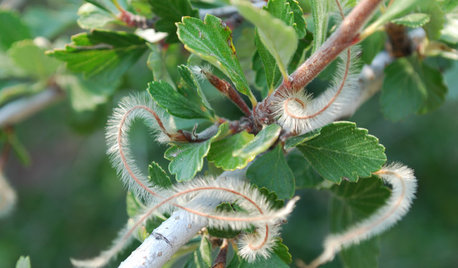
GARDENING GUIDESGreat Design Plant: Curl-Leaf Mountain Mahogany, an Easy Evergreen
Use it as an accent plant or mass it as a screen; this pine and spruce alternative is a hard worker in dry, cold climates
Full Story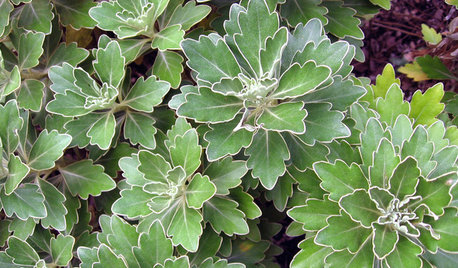
BLUE AND GRAY FOLIAGE6 Stunning Silver-Leaf Plants
Bring luster to your garden with these shining examples of silver plants for both sun and shade
Full Story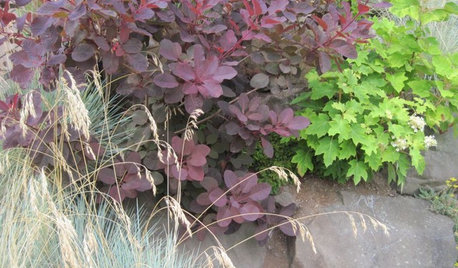
PURPLE FOLIAGE5 Purple-Leaf Majesties of Shrubs
Looking for beautiful depth and dynamism in your landscape? Just add purple
Full Story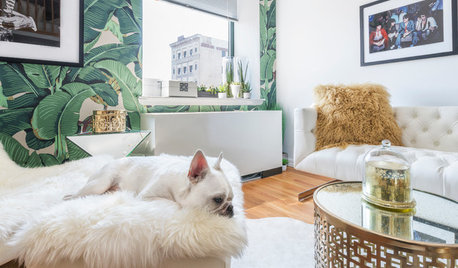
DECORATING GUIDESSpotted! Decorating Schemes Turn Over a New Leaf
Think big when it comes to bringing the outside in via tropical leaf prints
Full Story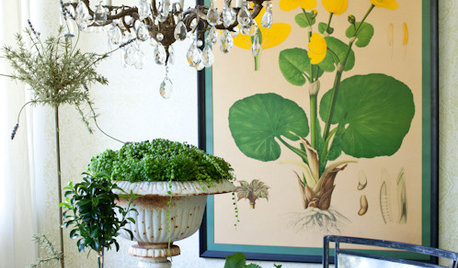
DECORATING GUIDESBotanical Prints Turn Over a New Leaf
Framed botanical prints are a hallmark of classic design, but new treatments let you take them beyond traditional territory
Full Story
DECORATING GUIDESA Glimmer of Gold Leaf Will Make Your Room Shine
Make a unique, unexpected statement in any space with this precious metallic finish
Full Story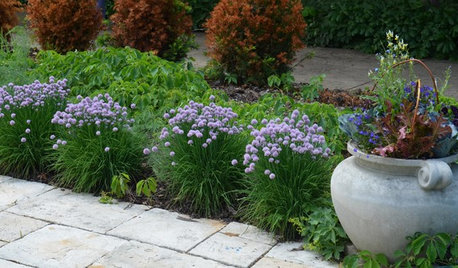
GARDENING GUIDESEdible Plants That Double as Ornamentals
Try growing these tasty plants with your ornamentals for an attractive garden and fresher meals
Full Story
GARDENING GUIDES15 Ideas to Try in Your Garden This Year
These gardening stories were tops among Houzz readers. Which ideas might you try this year?
Full Story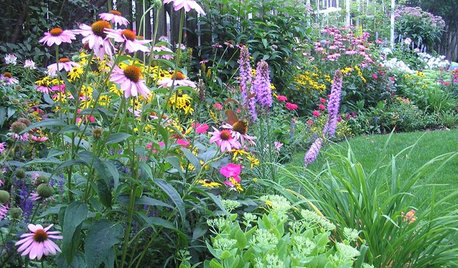
LANDSCAPE DESIGNTry Slow Gardening for Some Unexpected Benefits
Why set your garden on the fast track? Here's how to relax and enjoy it in an entirely new way
Full Story






topkat2000Original Author
CA Kate z9
Related Discussions
Basil - Genovese, Italian Large Leaf
Q
3 leaved basil???
Q
I'm a newbie. How do I take care of Italian Large Leaf Basil?
Q
Discoloring leaf tips on basil
Q
teryaki
teryaki
topkat2000Original Author
teryaki
topkat2000Original Author
teryaki
CA Kate z9
topkat2000Original Author
leira
CA Kate z9
topkat2000Original Author
teryaki
CA Kate z9
topkat2000Original Author
leira
topkat2000Original Author
leira
teryaki
topkat2000Original Author
leira
leira
topkat2000Original Author
topkat2000Original Author
teryaki
protea_king
damavista
alaskaplantboy
Dorota L.
Shari Byrd